Yellow Birch Tree
- October 11, 2023
- 1 comment
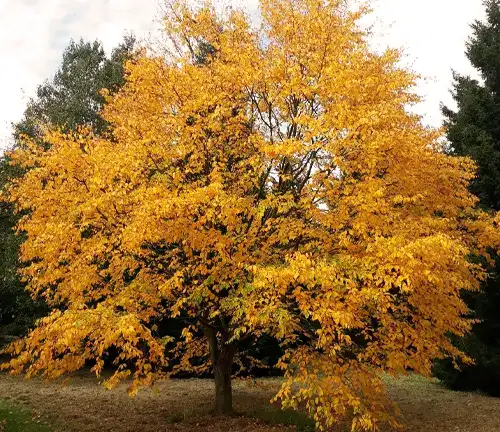
Yellow Birch (Betula alleghaniensis) is a remarkable deciduous tree native to North America that stands out for its striking features and ecological significance. One of its most distinctive characteristics is its distinctive yellowish-brown bark, which peels away in thin, horizontal strips, adding to its aesthetic appeal. This tree typically grows to heights ranging from 60 to 75 feet, boasting a slender trunk and a crown that becomes more rounded as it matures, creating a graceful silhouette in the forest. Its leaves are alternately arranged, ovate in shape, and doubly serrated, with a rich green color during the spring and summer months, only to transform into a breathtaking golden-yellow spectacle in the fall, adding vibrant splashes of color to the woodland landscape.
Yellow Birches are often found in moist woodlands, particularly in cool, northern regions, where they thrive in well-drained, acidic soils. Their ecological importance cannot be understated, as they provide habitat and sustenance for various wildlife species. The tree’s seeds and buds are a food source for birds and small mammals, making it an essential component of forest ecosystems.
Beyond its ecological role, the Yellow Birch has been prized for its durable and resilient wood. Historically, it has been used in furniture making, flooring, and construction due to its strength and resistance to decay. Indigenous communities have also had a long history of using various parts of the tree for medicinal purposes and cultural practices.
In essence, the Yellow Birch stands as a symbol of natural beauty and practical utility, both for its aesthetic appeal and its valuable contributions to ecosystems and human craftsmanship. Its adaptability and resilience in a range of environments make it a truly iconic and appreciated tree in the forests of North America.

| Characteristic | Description |
| Scientific name | Betula alleghaniensis |
| Family | Betulaceae |
| Type | Deciduous tree |
| Height | 60 to 80 feet |
| Growth rate | Slow |
| Soil Preference | Well-drained, acidic soils |
| Sun exposure | Full sun to partial shade |
| Habitat | Moist woodlands, especially in cool northern regions |
| Lifespan | Typically 150 to 300 years |
| Range | Native to eastern North America, from Canada to Georgia |
A Brief History

The Yellow Birch (Betula alleghaniensis) is a storied tree with a rich history in North America. Its roots trace back to the continent’s native forests, where it thrived long before European settlers arrived. Known for its resilience and unique qualities, this tree has played an enduring role in the landscape, culture, and economy of the region.
Color/Appearance
One of the most striking features of the Yellow Birch is its captivating bark. With a distinctive yellowish-brown hue that peels away in thin, horizontal strips, it sets this tree apart from its peers. In contrast to its colorful bark, its leaves exhibit a vibrant green throughout spring and summer before transitioning into a brilliant golden-yellow in the fall, casting a warm and inviting glow upon the forest.

Unique Features
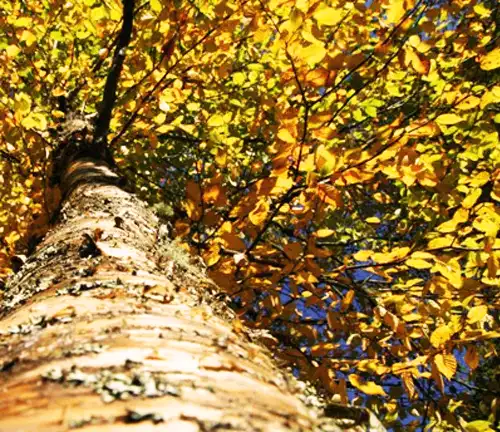
Beyond its appealing aesthetics, the Yellow Birch boasts several unique features. Its slender trunk and rounded crown lend it an elegant silhouette, while its leaves, alternately arranged and doubly serrated, provide a textured beauty to the woodland landscape. These features combine to make the Yellow Birch a standout tree in any forest.
Ecological Importance
The Yellow Birch plays a pivotal role in its ecosystem. Its seeds and buds are a crucial food source for numerous bird and mammal species, making it a keystone element in forest food chains. Additionally, its presence indicates a healthy and diverse forest ecosystem, as it thrives in moist woodlands, especially in cool, northern regions.
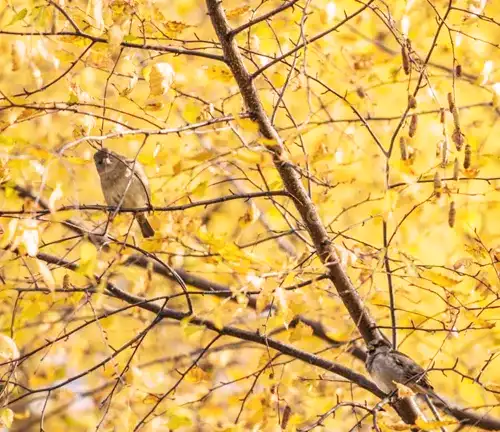
Adaptation and Resilience
This tree is no stranger to adaptation and resilience. It can thrive in various environments, from shade to well-drained acidic soils. Its moderate to fast growth rate allows it to endure and evolve in changing conditions, making it a testament to nature’s ability to adapt and endure.
Cultivation and Care
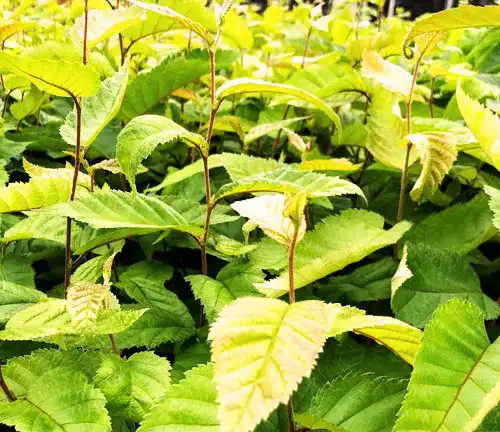
For those looking to cultivate Yellow Birch, understanding its preference for moist, cool sites and its tolerance for shade is essential. Proper care can help ensure its health and longevity, preserving its beauty for generations to come.
Cultural and Historical Significance
Indigenous communities have a long history of using various parts of the Yellow Birch for medicinal and cultural purposes. The tree’s utility extends beyond its physical attributes, connecting it deeply to the cultural heritage of North America.
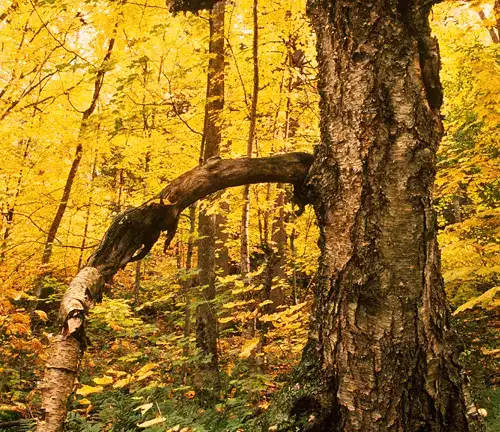
Wood Products and Applications
The Yellow Birch’s wood, known for its durability and resistance to decay, has been a sought-after resource for centuries. It has found its way into construction, furniture making, and flooring, contributing to the region’s architectural and design legacy.


Other Uses
Beyond wood, Yellow Birch has served as a source of inspiration in various art forms, including painting and literature. Its presence in the landscape has left an indelible mark on culture and creativity.
Benefits
The Yellow Birch offers a multitude of benefits, from its ecological contributions to its economic value. Its beauty, adaptability, and utility underscore its significance in both natural and human-made environments.
In conclusion, the Yellow Birch is more than just a tree; it’s a symbol of resilience, adaptability, and natural beauty. Its rich history, unique features, and ecological importance make it a treasure in North America’s forests. As we strive to protect and preserve our natural heritage, the Yellow Birch stands as a testament to the enduring wonders of the natural world.
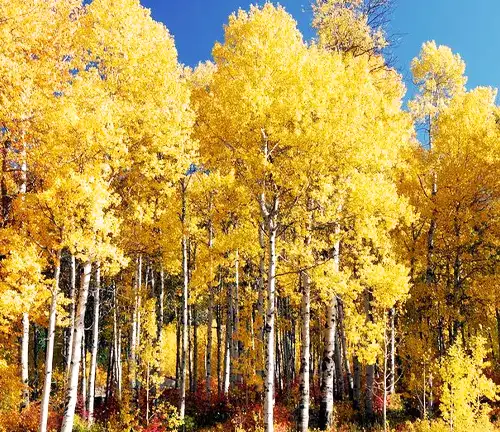
Frequently Asked Questions (FAQs)
- Why does the Yellow Birch have peeling bark?
The Yellow Birch’s distinctive peeling bark serves as a natural defense mechanism. As the tree matures, the outer bark flakes away, helping to shed lichens, mosses, and parasites that might hinder its growth. This unique feature also contributes to its visual appeal. - What is the significance of the Yellow Birch’s golden-yellow fall foliage?
The Yellow Birch’s leaves turn a brilliant golden-yellow in the fall due to the breakdown of chlorophyll. This vibrant color change not only adds to the tree’s aesthetic beauty but also serves as a way to maximize the capture of sunlight before winter, optimizing its energy production and storage. - How does Yellow Birches contribute to forest ecosystems?
Yellow Birches play a crucial role in forest ecosystems by providing food for a variety of wildlife species. Their seeds and buds are a source of nourishment for birds, squirrels, and other small mammals, making them an essential component of the forest food web. - What are some traditional uses of the Yellow Birch by indigenous communities?
Indigenous communities have a long history of using various parts of the Yellow Birch for medicinal and cultural purposes. For example, the inner bark has been used for making baskets and containers, and various parts of the tree have been employed in traditional medicine for treating various ailments. - How can I promote the conservation of Yellow Birch Trees?
To support the conservation of Yellow Birch Trees, you can participate in reforestation efforts, contribute to initiatives focused on protecting forest habitats, and advocate for responsible forestry practices. Additionally, you can educate others about the ecological importance of this tree and its role in maintaining healthy ecosystems.


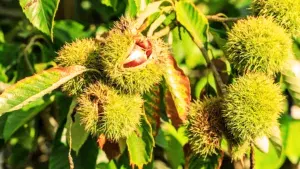
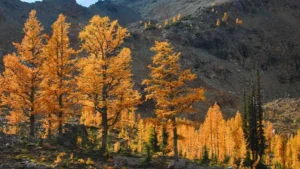
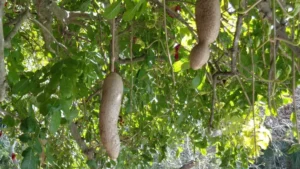
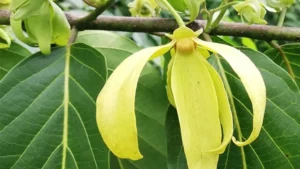
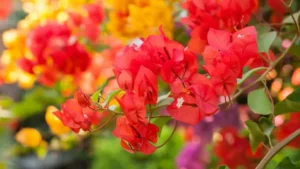
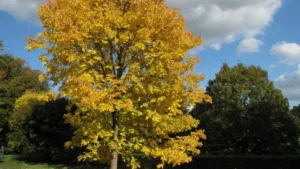
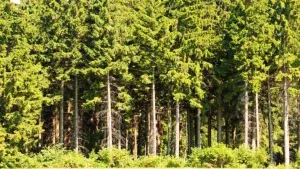
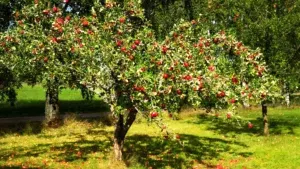
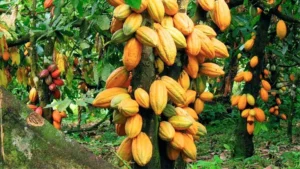
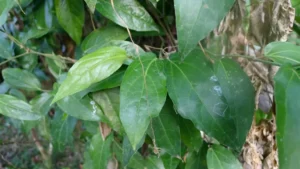

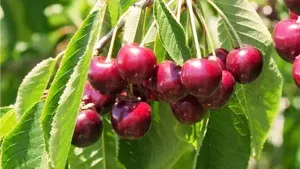
Truly beautiful tree!! "
Donald Gillies
October 11, 2023 11:22 pm